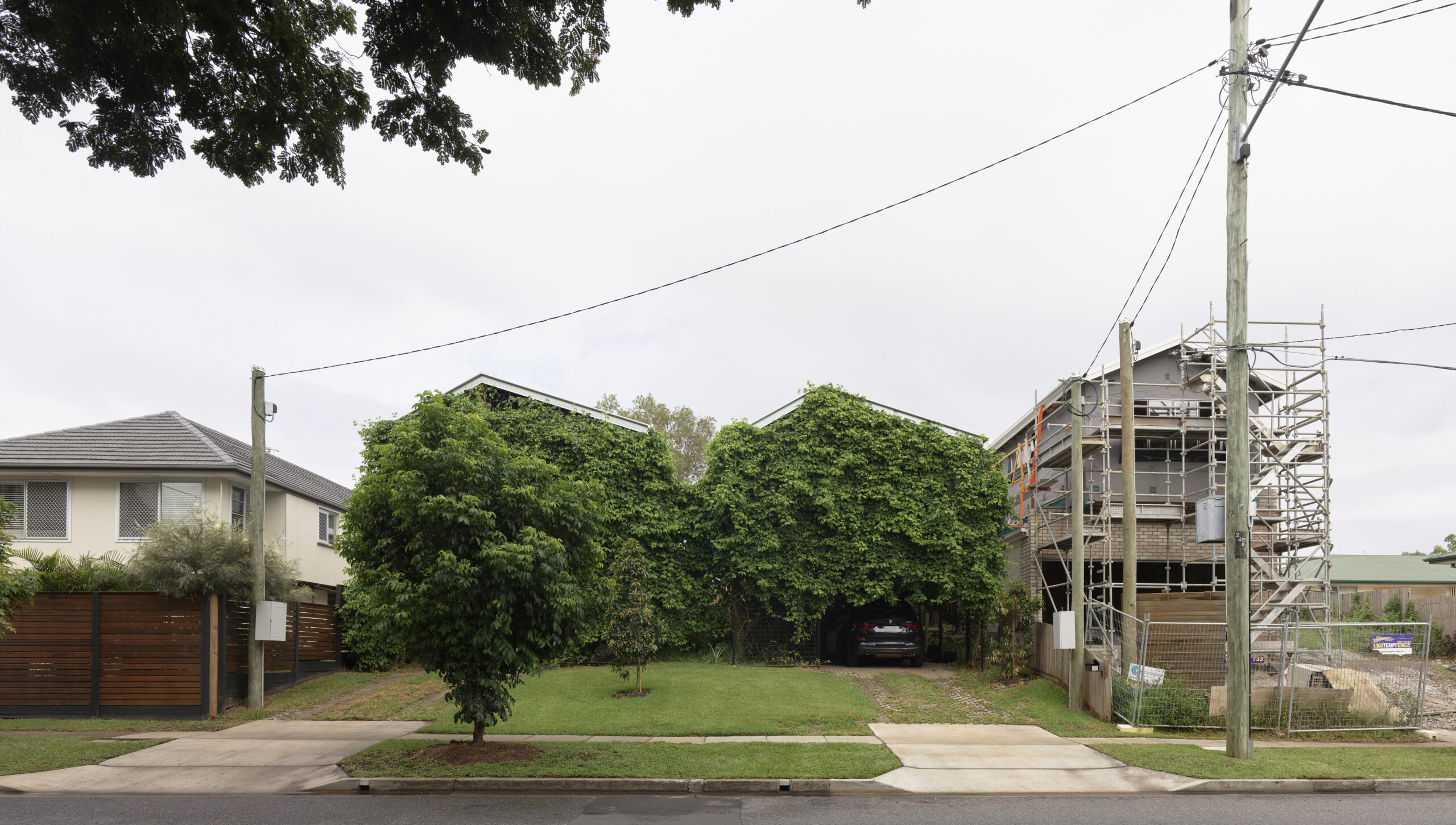The Australian Institute of Architects Queensland Chapter has commended the Queensland Government on its plan to accelerate infill development where needed to improve housing supply.
Queensland Chapter President Amy Degenhart said the Inclusionary Planning Pilot Program’s aims to deliver more homes faster was positive, along with the dedicated group Facilitated Development Team, to reduce current regulatory delays.
“One of the most exciting parts of this initiative is that it prioritises smaller, one- and two-bedroom market affordable housing initiatives, assisting developers, the community, and local councils to better understand how to deliver this essential type of gentle density in their neighbourhoods,” Ms Degenhart said.
In Queensland, the ABS reported the trend number of dwellings approved fell 2.1 per cent in the month December overall, including private sector home approvals declining 1.3 per cent. This is despite ongoing population growth of 2.6 per cent, outstripping the nation.

The Inclusionary Planning Pilot Program will include a $350 million investment in the announced Incentivising Infill Fund, encouraging development in locations close to jobs, services, and facilities. It also includes a State Facilitated Development Team, helping to expedite the planning and development process and resolve issues that delay new homes. In the formation of that team, the Institute recommends that the inclusion of architects will be essential in achieving better as well as faster homes.
The Institute points to the recent climate challenge impacts of severe heat, flood, bushfire, rising energy costs, and net-zero carbon targets as irrefutable evidence that all new housing must also be built better.
For instance, current building regulations for ventilation may not be sufficient to encourage homes that are designed well enough to withstand simultaneous extreme weather events, such as a severe storm that may cut power to fans and air conditioners amidst a heat wave that rigorously tests even the best passive design.
The Institute’s 2024 Chapter President Elect and Brisbane architect, Russell Hall, said the current building regulations were insufficient to withstand extreme weather.
“Home and offices in our subtropical environment must be designed for passive cooling as a priority,” he said. “With global temperature rises and more extreme events, our built environment should be designed in such a way to be habitable without fans or air conditioning, say in the instance of a power outage.
“Architects have the skills and know-how to develop buildings around these principles, allowing people and communities to live better and more sustainably.”
The Institute has also called for infill housing design to enhance existing communities.
Chapter President Amy Degenhart said increasing density should be done in a way that embraces the core existing character.
“Residents should always be left with a street that was better than it was before,” she said.
“Not only is providing more housing in well located areas an opportunity to deliver the key benefits of affordability, accessibility, walkability, and diversity, but these new homes should also be used as a means of creating a greener and shadier streetscape, calibrating proportionate car parking, and enhancing personal privacy.
“When it comes to delivering more homes faster, the focus must not only be on the big projects, but equally the small ones. Widespread suburban interventions delivered by regional neighbourhood house builders, developers, and architects can offer almost unlimited nimble and cost-effective pathways to increased densities with the right mix of regulation, incentive, and design.”
Using these welcomed initiatives as a catalyst to deliver abundant, diverse, sustainable, and resilient infill housing in Queensland, Ms Degenhart called for greater input from architects.
“Not only are architects experts in the design of homes, but also in the process of managing the delivery of buildings and the urban design of our communities.”
-ENDS-
Media contact: Rosanne Barrett on behalf of the Australian Institute of Architects | M 0425 420 024 | hello@barrettcomms.com.au